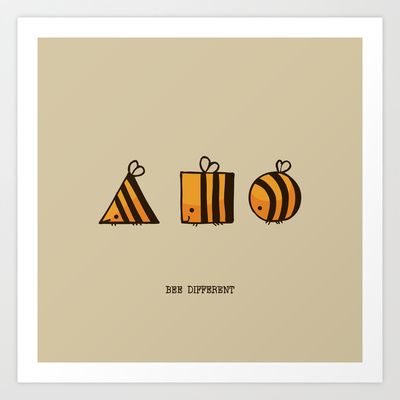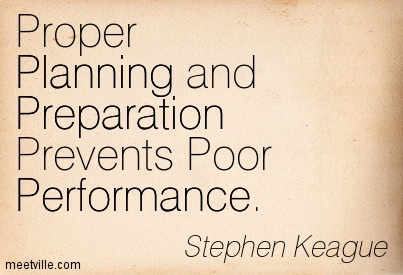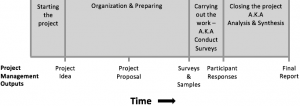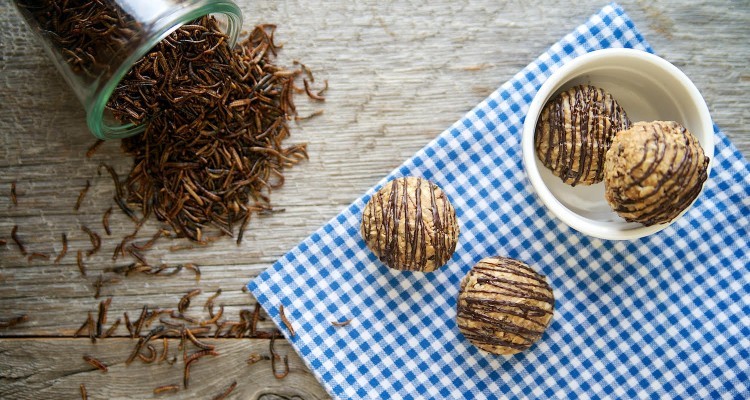Thanks for joining us once again!
This is your last chance to get the juicy details on our entomophagy project…. the semester is coming to a close – and quick!
We’ll start with our overwhelmingly popular joke-of-the-week segment….
Q: What is a bug’s favourite sport? (keep reading to find the answer)
This week we have been working tirelessly to analyze our data and create a detailed outline for our final paper. Our efforts have focused on creating graphs for the quantitative data as well as deriving and coding responses to extract key themes from our survey’s open-ended questions. Currently, we are preparing for our final presentation, which is coming up next week, and will be re-creating our yummy cricket products for our classmates within the next few days.
As explained in our previous post, we have had multiple moments of significant change throughout the duration of our project. It can be easy to fixate on times that were challenging or negative, but we decided to focus this blog on a positive moment of change – just to be(e) different.

What, So What, Now What?
What: Our moment of significant change took place after our data collection at the farmers market and grocery store. After extensive planning, our day of data collection went smoothly. To prepare, we created a detailed survey, timeline, and budget. We focused on the details, down to ensuring extra copies of consent forms, testing recording devices in realistic conditions (in wind or rain), and determining slogans for our signs. In fact, our data collection day went better than any of us could have imagined. We had more respondents then we originally hoped, and our methods for collecting data worked flawlessly. Our moment of significant change was that feeling of success. Realizing our success after completing the data collection was rewarding and worth the hours that went into the planning process.
So what:

Execution of a project, successful or not, generally follows the same framework (Akampurira, 2014).

Akampurira, A. (2014).
Our project was successful because of the extra effort we put into the preparation and appraisal stages. Preparation entails laying out what will be needed to complete the project and its objectives, while the appraisal stage measures the project’s feasibility, whether it be financial feasibility or in terms of time constraints (Akampurira, 2014).
Rather than sequentially proceeding through each stage of the project management process, we took a few loops around the preparation and appraisal steps.

EntomophaGirls’ Project Life Cycle.
The additional time spent on these stages ensured we were prepared for any negative outcomes and helped soften the impact of necessary changes to our project scope. In this case, our project scope was defined as what we hoped to accomplish and how we would go about fulfilling these goals.
During our class tutorial session on “Crafting a Proposal” we performed a pre-mortem on our project. A pre-mortem is a way to manage potential points of failure. This is done by assuming the project has already failed, brainstorming why, and exploring ways to circumvent these outcomes, rather than only examining what might derail the project (Klein, 2007). Below are some of the reasons for failure we, the EntomophaGirls, foreboded and solutions we proposed to remedy the issue.

Why, indeed. — (Rice, 2015). Pre-Mortem [Image]. Retrieved from http://punitalearning.com/research/pre-mortem/

Project Pre-Mortem.
Clearly defining our project scope helped us to consolidate our ideas into a manageable project within the allotted time frame (Wang & Ko, 2012). As we worked on our proposal, it was evident that we wanted to accomplish so much with our research and incorporate so many different elements, but we began to realize there may not be enough time to include everything we envisioned for this project. For example, during our preparation phase we initially considered video-taping our interviews to observe participants’ reactions to our bug treats and questions about entomophagy and insecticulture. However, upon appraisal, the time investment to analyze all of these videos and find themes from this analysis was determined to be unmanageable. Instead, we had to set a project scope boundary on the type of data we would use to answer our inquiry questions. We decided on writing notes during the survey and audio-recording their answers for convenient play-back.
The survey itself went through multiple drafts, re-writes, and trial runs to ensure it flowed properly and wasn’t too long. We also needed to ensure that we were prepared early enough in the semester so that we could carry out the survey and still have enough time left for data analysis and writing. In fact, our original plan was to purchase cricket flour online from EntomoFarms, until we realized our budget and time limitations would be better served by purchasing the crickets live and preparing them ourselves.
Another occasion where we had to curtail our project scope was in choosing the number of locations we would survey. At first we thought it would be great to survey Riley Park-Little Mountain community members at each different community food asset (e.g. community garden, food market, community kitchen, farmer’s market, etc.) to better sampling of the portion of the community active in urban agriculture. We quickly came to realize that our time frame (the EntomophaGirls could probably conquer the world without a time frame…) would only support one or two of these locations. As you may know, we ended up choosing a grocery store and farmers market, which also allowed us to draw comparisons in the data.
Overall, a project life cycle structure that typically looks like this (Project Management Institute, 2013)…

Adapted from: PMBOK, 2013. Generic Project Life Cycle Structure.
Ended up more like this…

Adapted from: PMBOK, 2013. EntomophaGirls’ Project Life Cycle Structure.
But we reaped the rewards! Survey day went smoothly, without any major setbacks, and we collected all the data we needed.
Now what: After reflection, we see how thorough preparation is crucial for ultimate success. Planning can be exhausting: a re-evaluation loop from appraisal to preparation and back to appraisal, as seen in the graph above. It can be difficult to allocate time to make detailed preparations as there are so many factors that distract our immediate attention. Despite this, our preparation was very in-depth and contributed greatly to the success of our survey. Moving forward, we will strive to prepare and plan like this in the future. For the final completion of our project, we have laid down the groundwork to clarify expectations and roles of each member. Outside of the Community-Based Experiential Learning Project, we can use these skills for just about anything. There are only limited outliers that can be successful without adequate preparation. Athletes, musicians, actors, and EMTs are all experts at preparation. This leads to their ultimate performance. Using this experience, we will take more time to prepare, practice, and plan in our personal endeavors and group projects.
Executive Summary
Now, after three months of waiting for our final results, you’re probably buzzing to read our executive summary, which we’ve included for you here! There are a lot more results and discussion included in the full report, but this summary will give you a taste of how much we learned from our well-prepared survey.
Thanks for following our blog! Now the answer you’ve been waiting for…
Q: What is a bug’s favourite sport?
A: Cricket!

References
Akampurira, A. (2014). Project planning and management: An aspect of Development. Germany: Anchor Academic Publishing.
Klein, G. (2007). Performing a project premortem. Harvard Business Review. Retrieved from https://hbr.org/2007/09/performing-a-project-premortem
Latto, S. & Ruehl, A. (2014). Pre-Mortem [SlideShare]. Beyond brainstorms: Make problem solving fun. Retrieved from http://www.slideshare.net/blackbaud/beyond-brainstorms-make-problem-solving-fun-40313280
Project Management Institute. (2013). Project life cycle, in: A guide to the project management body of knowledge (pmbok® guide), fifth edition. Retrieved from http://common.books24x7.com.ezproxy.library.ubc.ca/toc.aspx?bookid=51356.
Rice, P. C. (2015). Pre-Mortem [Image]. Retrieved from http://punitalearning.com/research/pre-mortem/
Wang, W. & Ko, N. (2012). Knowledge sharing practices of project teams when encountering changes in project scope: A contingency approach. Journal of Information Science, 38: 423-441.
